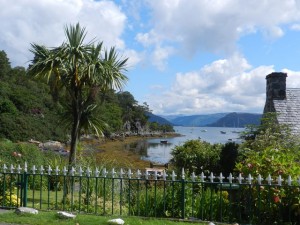
It’s the morning of our first full day in Kyle of Lochalsh. We sit down to yet another Scottish breakfast, absolving ourselves of the guilt by saying won’t eat lunch today to compensate. If you haven’t sampled the delights of a full Scottish breakfast, then prepare your stomach for a generous serving of eggs, back bacon, link sausage, sliced sausage, baked beans, black pudding, haggis, white pudding, fruit pudding, grilled tomato and mushrooms tattie (potato) scone, buttered toast and a pot of tea. Of course your arteries won’t thank you for the treat, but that’s another matter.
We consult our Talisker to-do list, and decide to drive to Plockton, a little village just over 11 miles away from Loch Duich Hotel. We promised Peter’s parents we would go and visit this spot as it was the location of one of their favourite TV shows. Other than that we have no real plans. We will just wait and see what this spot has to offer.
Getting off-track
As we look at the map, we realise that for our slice of heaven, we need to be prepared to drive the last part of the trip on a single-track road. Luckily the single track isn’t as onerous as the one you have to negotiate on Mull, but it is single-track nevertheless, so you need to take care and look ahead at the passing points.
From Loch Duich Hotel in the Kyle of Lochalsh, to Plockton is just over 11 miles, and it only takes about 20 minutes if you head north on the A87 route. From the A87 we take a turn on our right toward Innes Street and stay on this road for nearly four miles. Plockton is well sign posted, but you do feel you are going off the beaten track into the rambling farmlands and hillside.
We have to stop a few times as we sit and wait for oncoming traffic. The traffic consists of three or four heelan’ coos (Highland cows), and a few sheep who seem to be oblivious to the fact they are heading right toward our car. I love this interaction with cows and sheep. You are forced to slow down and really enjoy the journey. We take a few pictures, and Peter has made it his mission to get a close up to photograph a heelan’ coo. While he is off being David Attenborough of the North, I sit in the car and watch the butterflies and bees flit amongst the flowers growing wild on the sides of the track. I find it all incredibly quiet and relaxing.
Once my driver is back, somewhat muddy at the knees, we continue on our way. At the end of this three or four mile stretch of track, you turn left onto Harbour Street, and from here you can decide where you want to park.
NB: Alternatively, you could drive on the A890. The route is slightly longer, taking you around 30 minutes, but you are on a better class of road most of the way.
Hidden treasure
We park the car down one of the little side streets fairly easily, and are delighted to find parking is free. As we walk down toward the waterfront I feel my new-found calm is all around me. On our approach we couldn’t see the village itself, but the panorama that opens up before us now is breathtaking.
Imagine a place where proud swaying palm trees line the main street, the calm waters of the loch twinkle and the temperate breeze is restorative and soothing.
As we walk down to the waters edge we are met by a row of painted cottages all along the shoreline looking out across Plockton Bay. These are certainly rooms with a view, and you can only imagine how wonderful it must be to wake up in the morning and see the tiny yachts bobbing in the harbour, or the small boats coming in after a seal excursion, fishing trip or scuba dive out in Loch Carron. All of this, nestled like a little secret, in amongst the beautifully wild landscape of hills, heather and pine forests.
This small lochside village is arguably one of the the most idyllic little spots in Scotland. Yes, it’s hard to believe Palm trees and Scotland could be said in the same sentence together, but I’m here to tell you I have seen these Palm trees for myself. As someone who was born and raised in Scotland, I was always fascinated by Palm trees. They seemed so exotic to me. In fact it was a dream of mine to live in a climate warm enough to grow Palm trees. Little did I realise I didn’t have to move so far from home to find them.
This sub tropical scenery and temperate winter climate is due to the current that carries warm tropical water from the Gulf of Mexico to the North Atlantic. Technically, at this point the current changes its name from the Gulf Stream to the North Atlantic Drift. The North Atlantic Drift continues to circulate this warm water to the shores of the West of Scotland Ireland, South West England, and a small part of Wales. The air above this warm current takes some of the heat from the water and takes this warm air across the British Isles. In winter, this keeps the British Isles warmer than would be expected at this northerly latitude.
Charmed life

As I mentioned in my opening post, your idea of a great holiday or trip may be very different to the next person, but on a general level, we are all looking for a change from our normal, day-to-day life.
This is the ideal spot if you are looking for a peaceful, tranquil experience. It’s so beautiful, that in parts, it may look too charming, if that’s possible. That said, the wilds of the hills surrounding the area, helps redress the balance if you like things more on the rugged side.
As we meander slowly along the High Street, we notice a few of these painted cottages are actually shops selling artwork, crafts and handmade items from jam to knitted jumpers. Peter treats me to a charm bracelet and I am delighted to find the box has a little photograph stuck inside it, showing where it had been crafted. On speaking to the locals, we find out this is an area that many artists and creative types seek out because of the atmosphere and the unique light in the area.
The village provides lots of opportunity for us to go walking off into the surrounding hillside, hire mountain bikes, or explore the little windy side streets. We take a walk up the hillside behind the village and the view is even more spectacular from this vantage point.
Before we leave Plockton, we decide it would be remiss of us if we didn’t visit The Plockton Hotel. The hotel has won numerous awards for its dining, it’s most recent one from the Good Pub Guide, as The Scottish Dining Pub of the Year, 2011. We take a walk back down to the seafront and settle in for some local fare. Having just worked off our Scottish breakfast, we decide to treat ourselves to Fish and Chips. Well maybe we will just have a light dinner tonight we decide.
If you are in the area of Eilean Donan Castle, or the Kyle of Lochalsh, I would encourage you to take a little bit of extra time to go and visit this beautiful spot. Even better, make it your base for a couple of days and really relax and recharge yourself. In terms of passing the time here, there is as little or as much to do as you could possibly want. Bring your walking boots or flippers, or pitch up with your paintbrush and canvas, or simply a good book. There literally is something here for everyone.
For me, this little spot will be a treasured snapshot of what a picturesque paradise looks like. My happy place to retreat to the next time I am sitting bumper to bumper in traffic. I just image each angry face behind the wheel as a big ginger heelan’ coo.
“All of this, nestled like a little secret, in amongst the beautifully
wild landscape of hills, heather and pine forests”
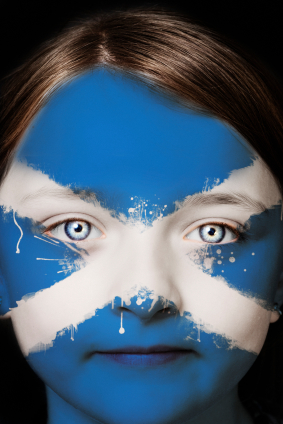 There is something deep within the psyche of the Scots that binds them to the land of their birth like an invisible, golden umbilical cord. Indeed the further we travel from home, the drums beat a little harder, hastening the heartbeat through our bodies, urging us back like proverbial frogs returning to where we were spawned.
There is something deep within the psyche of the Scots that binds them to the land of their birth like an invisible, golden umbilical cord. Indeed the further we travel from home, the drums beat a little harder, hastening the heartbeat through our bodies, urging us back like proverbial frogs returning to where we were spawned. Send to Kindle
Send to Kindle
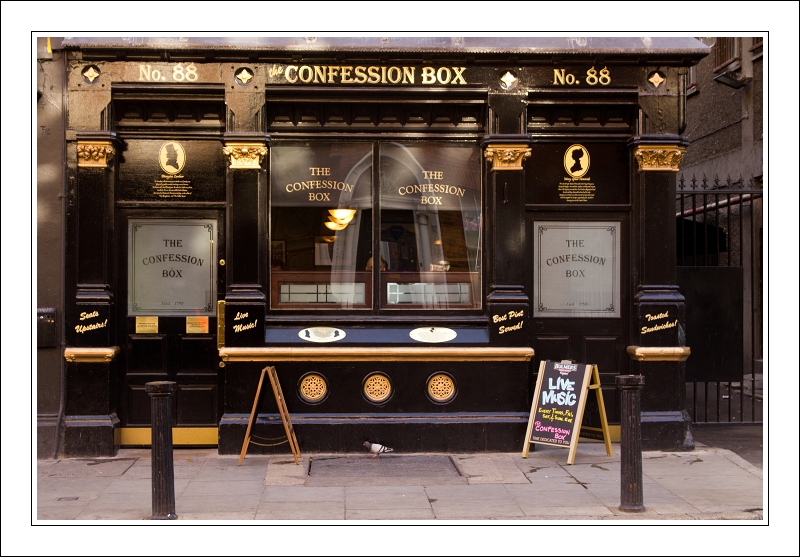

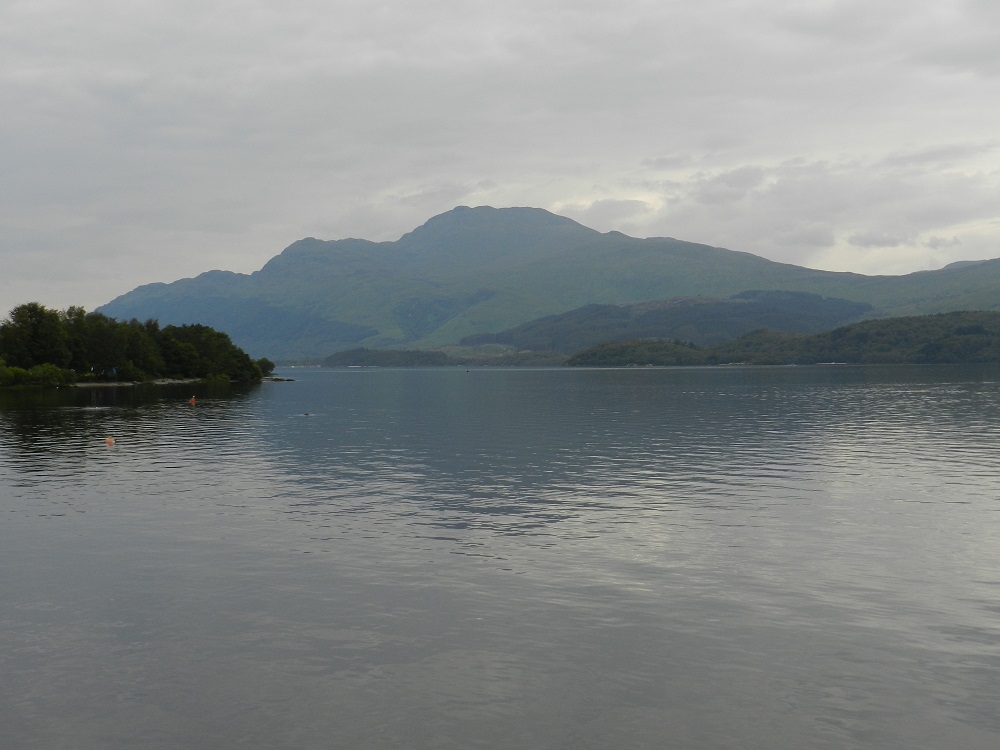


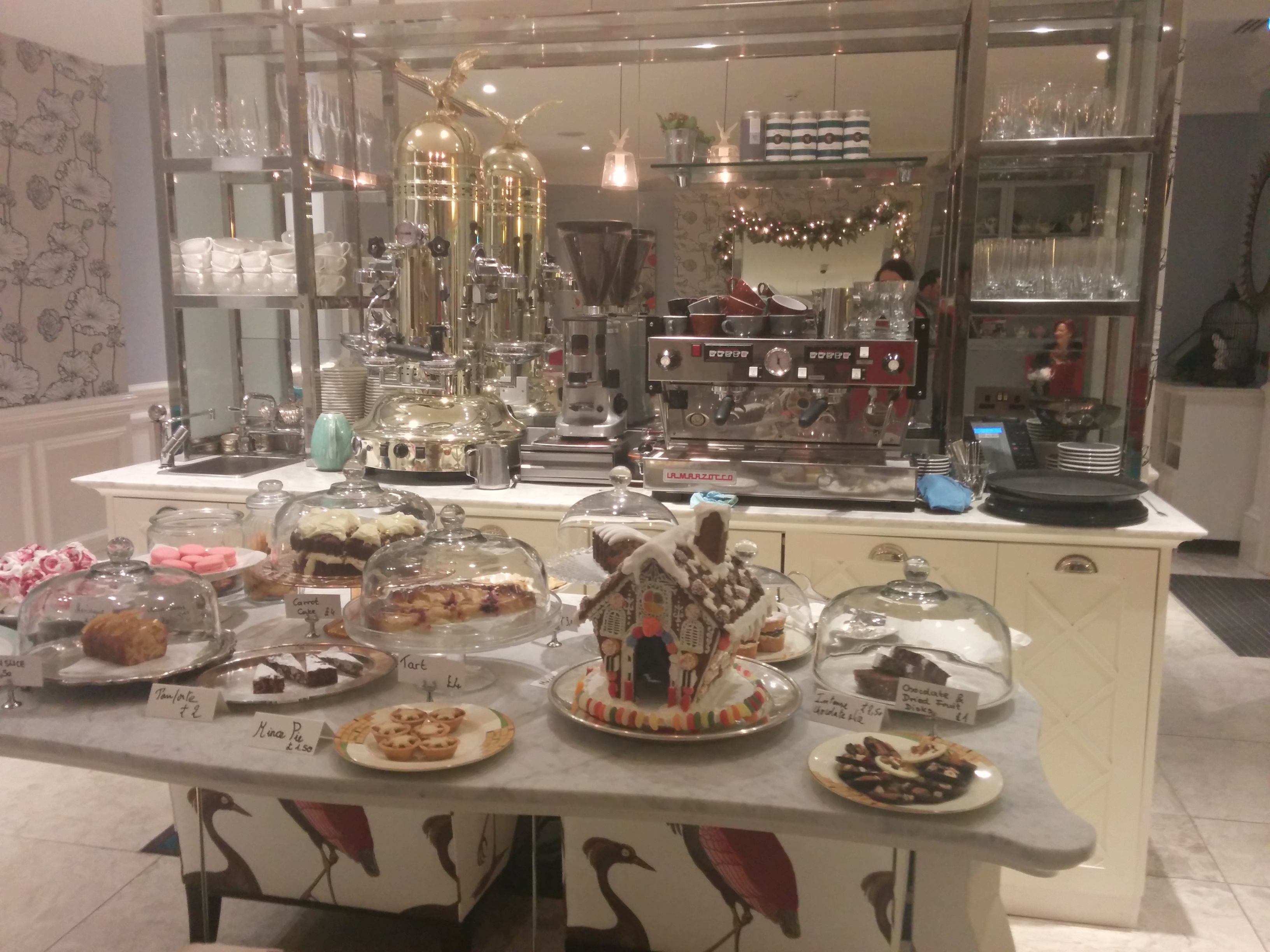
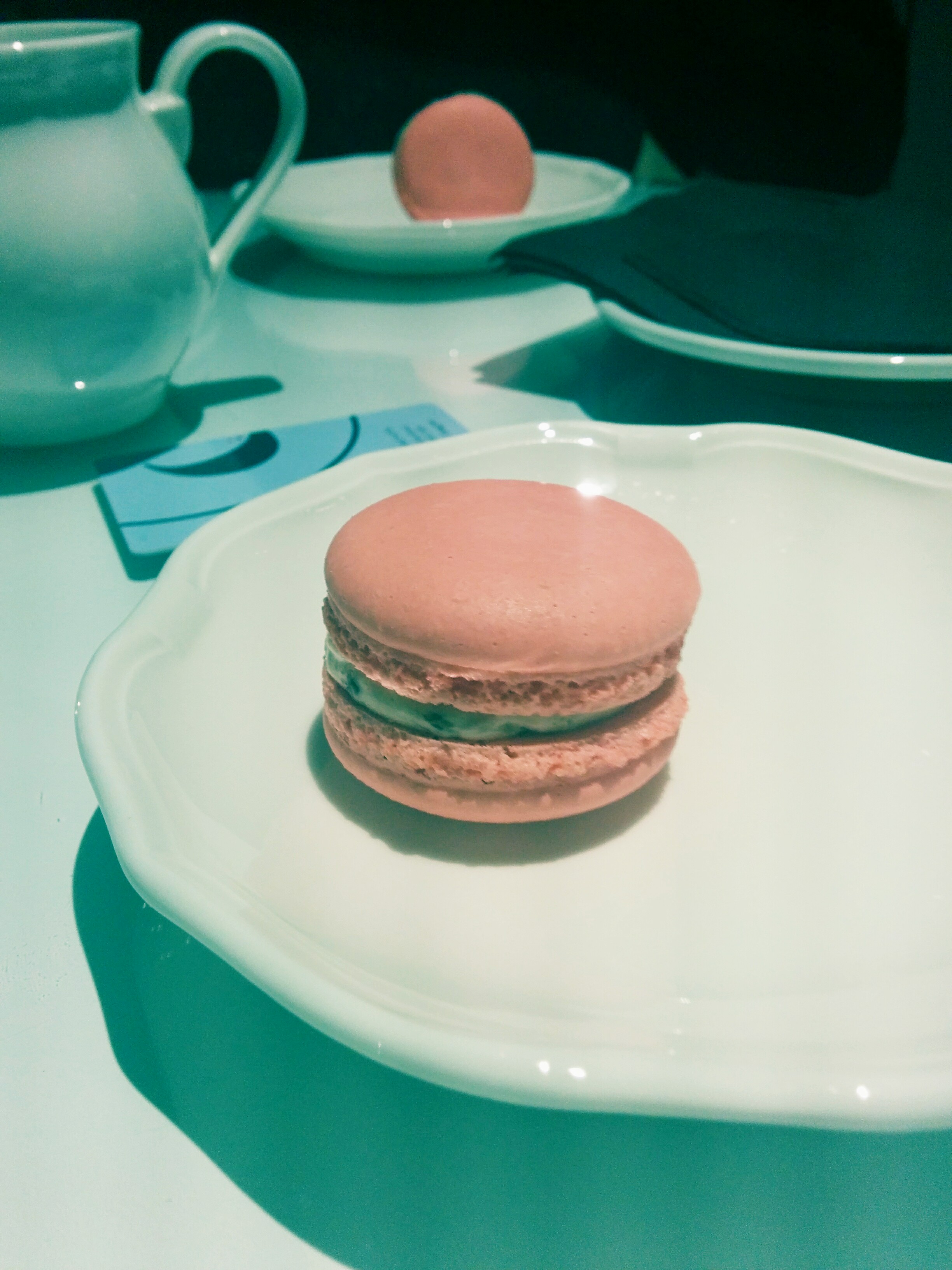
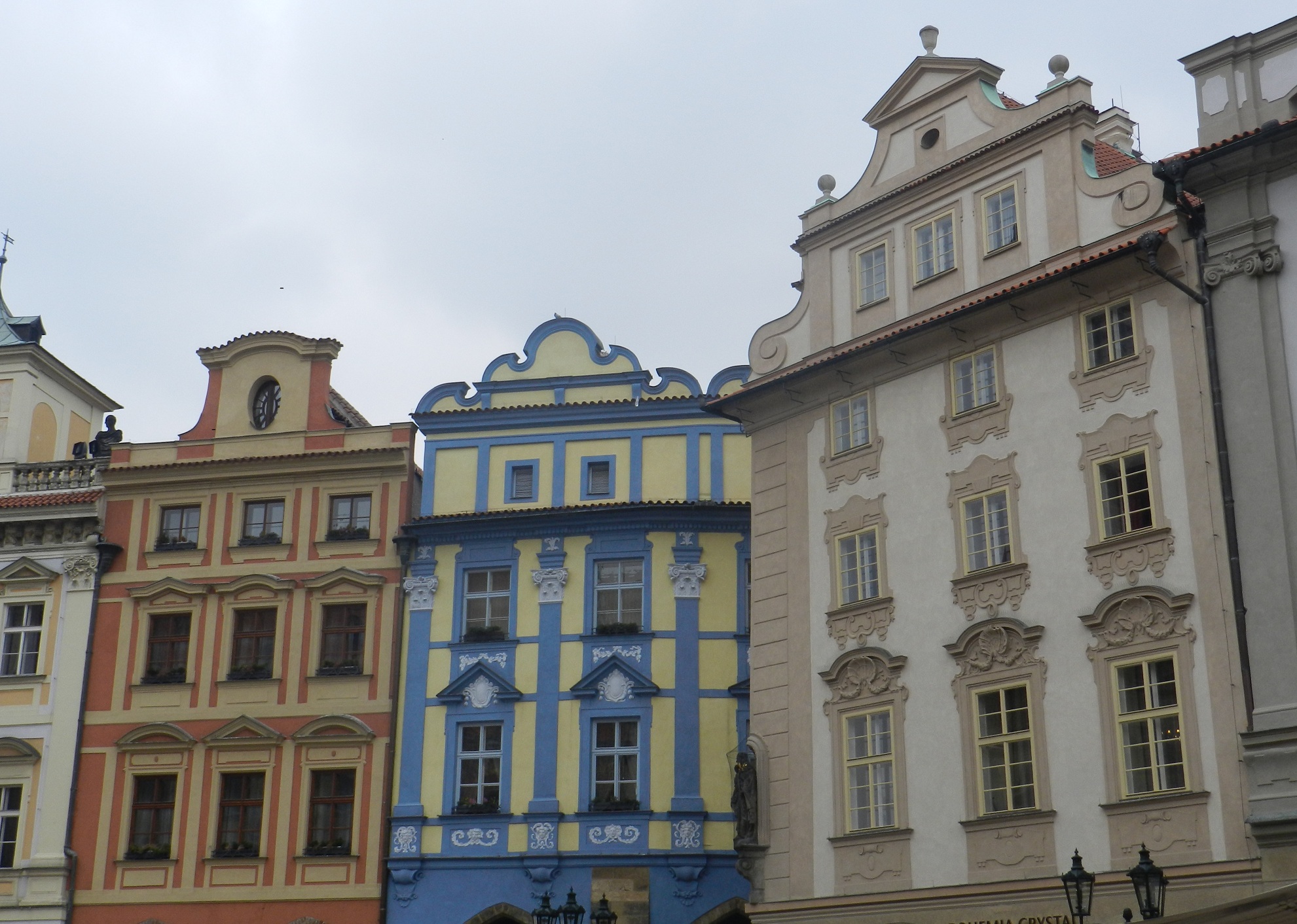

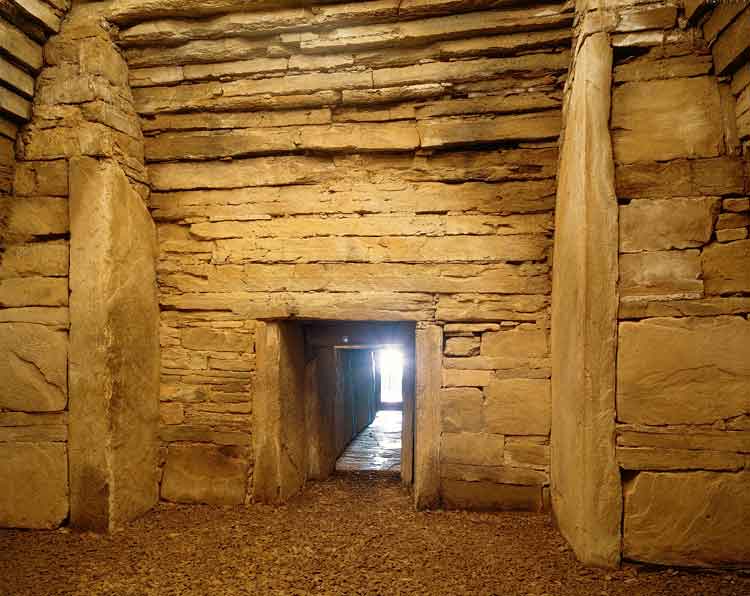
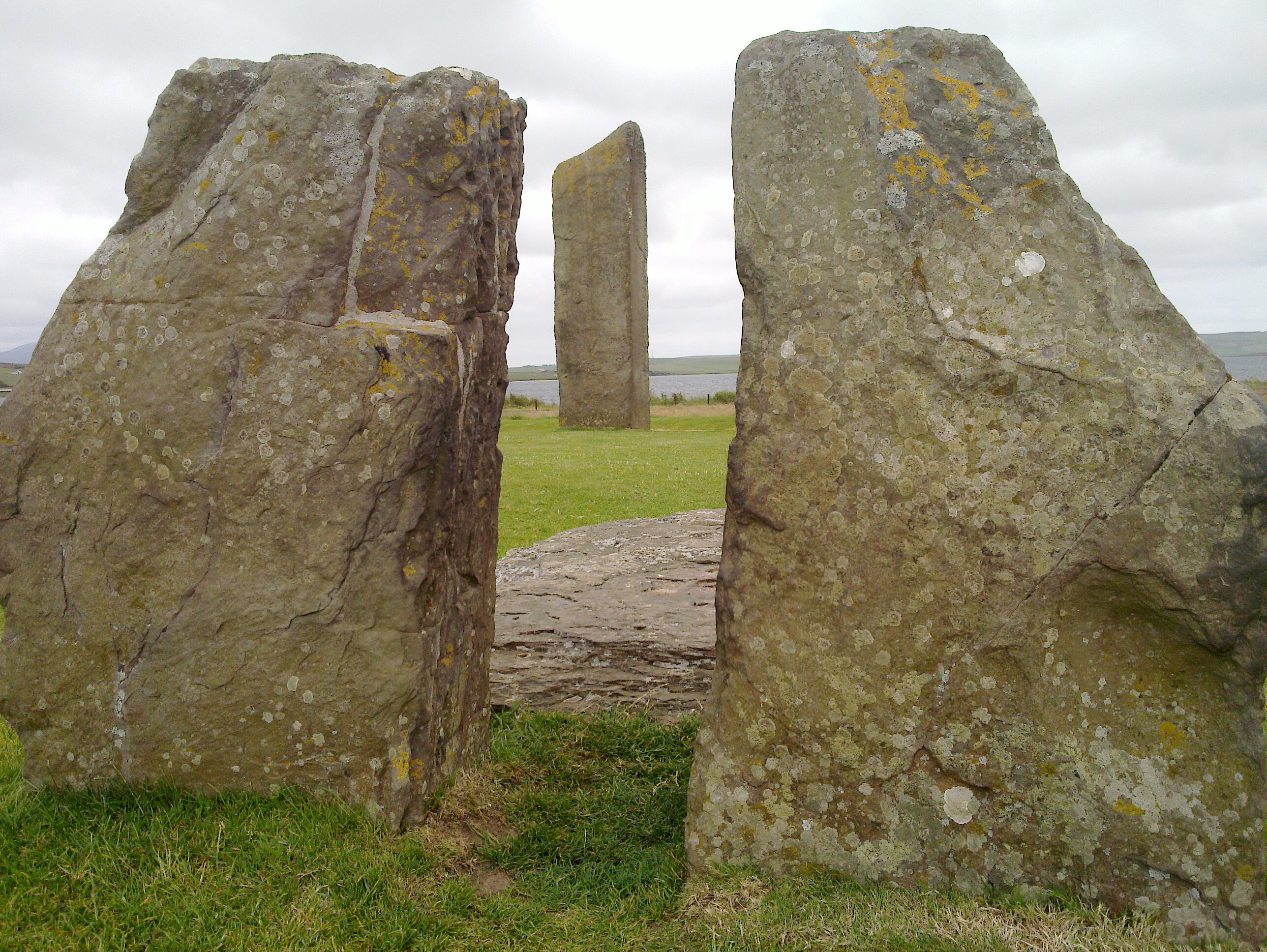


Recent Comments